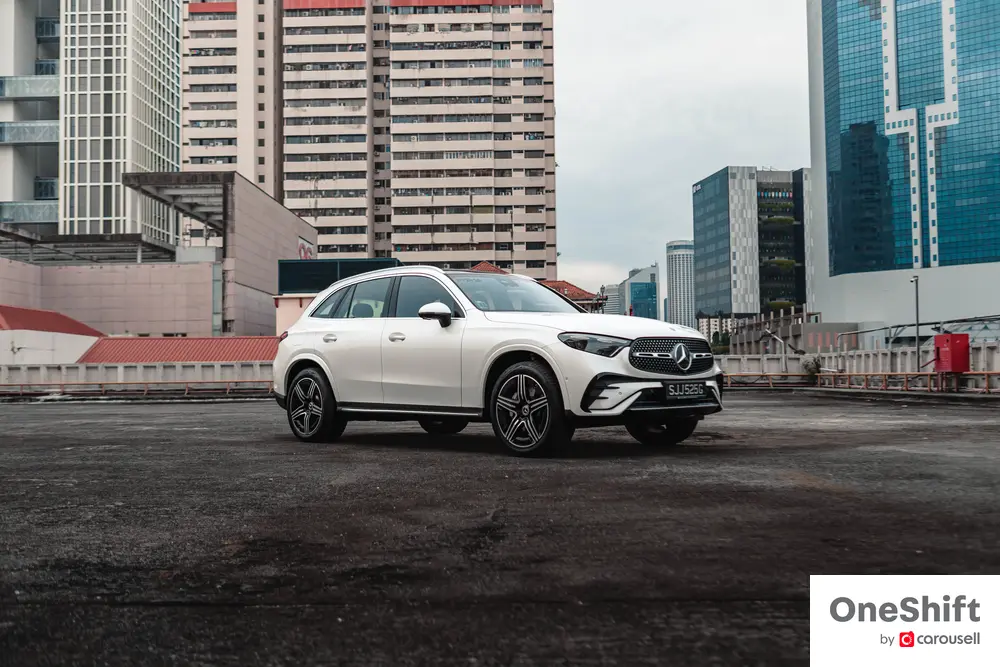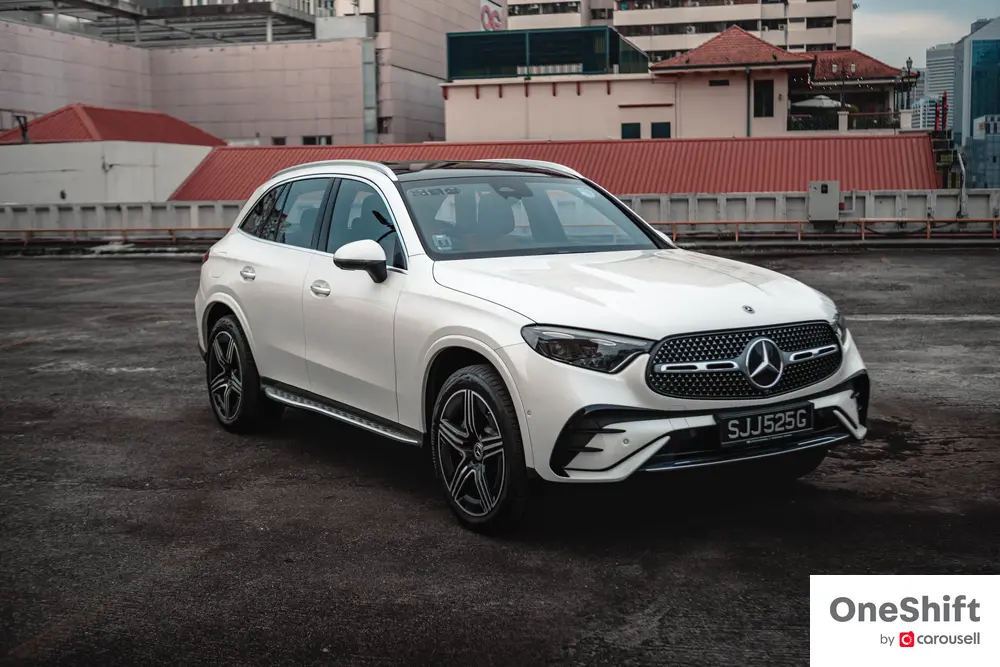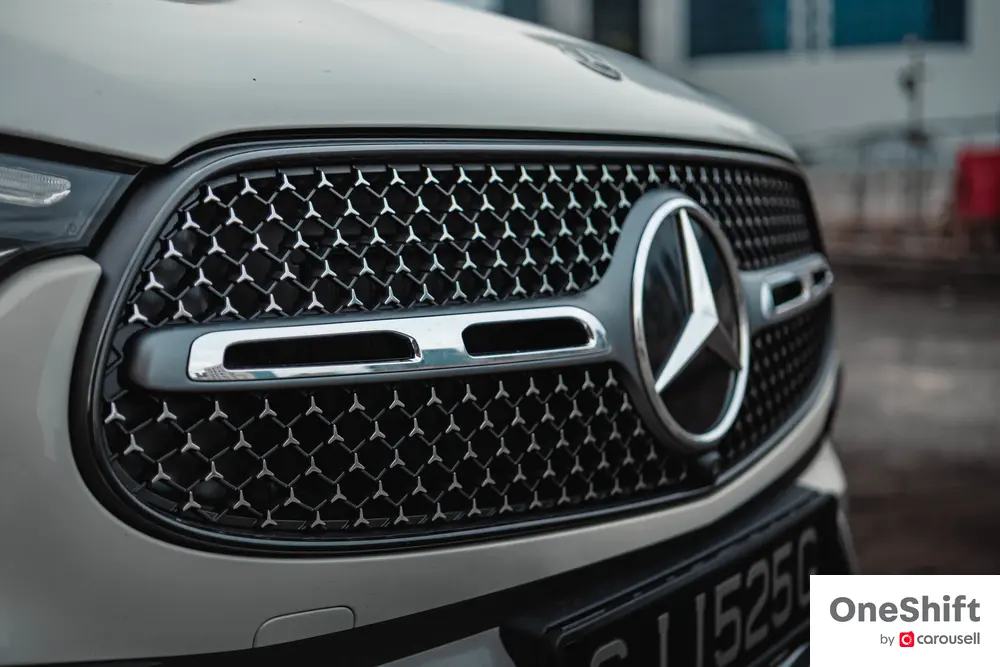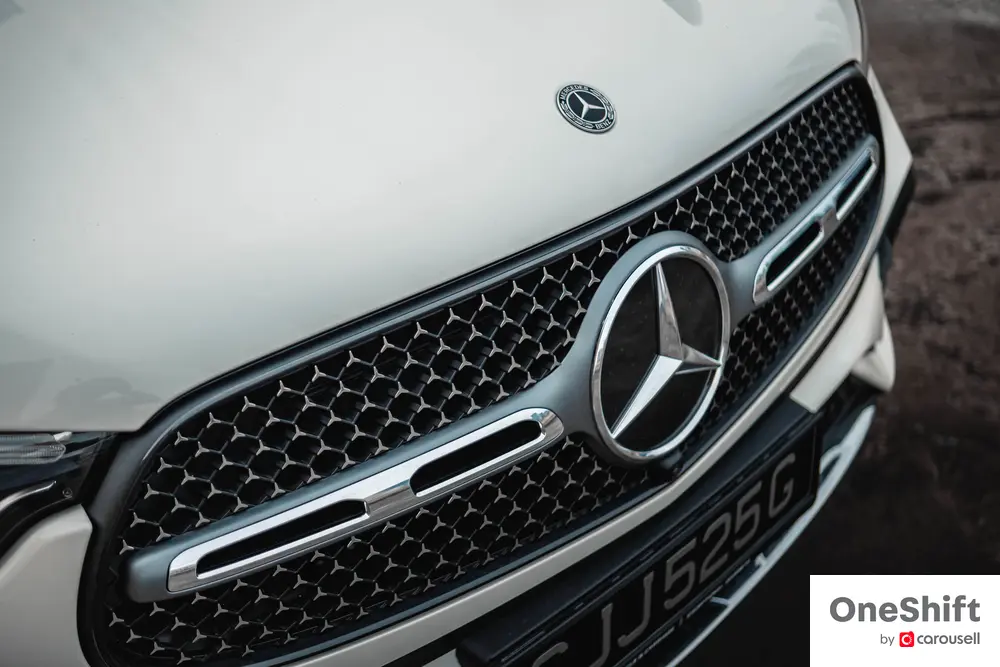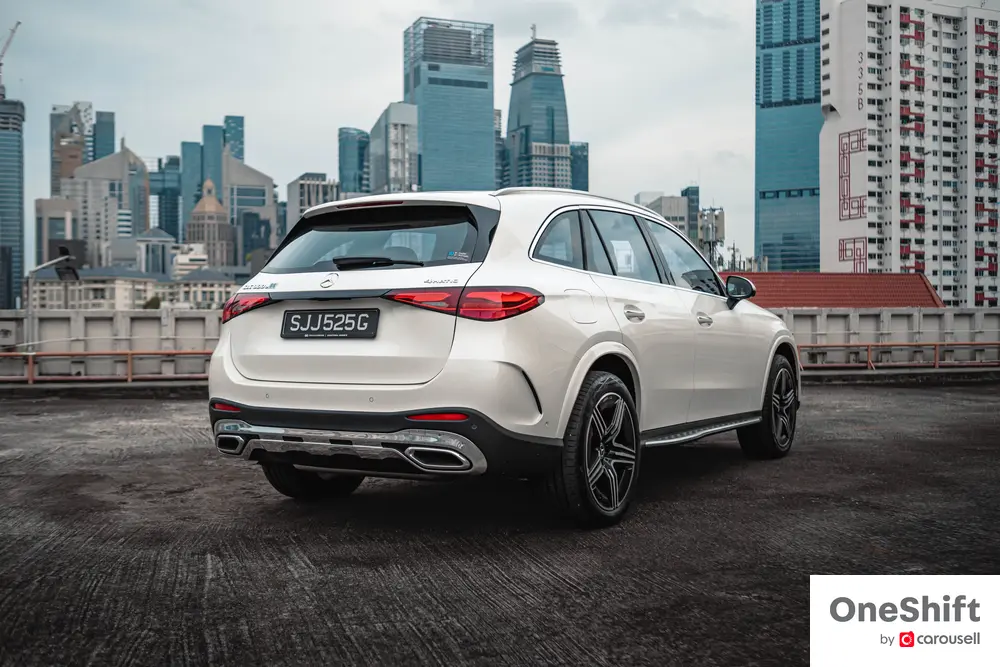Mercedes-Benz GLC300e 4MATIC AMG Line Review: Plug-in Hybrids May Finally Be Relevant
The new GLC is well engineered and the PHEV variant is a brilliant option.







Ever wondered why plug-in hybrids (PHEVs) are not commonly seen in Singapore? Fret not, the GLC300e may change that phenomenon.
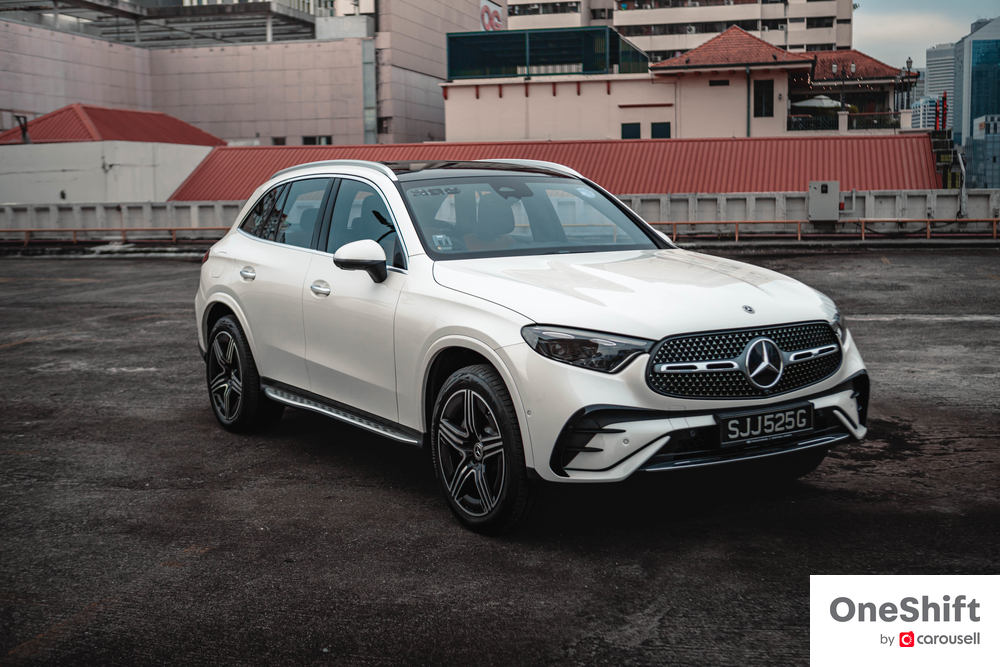
PHEVs have both a traditional internal combustion engine and a battery pack. It sounds the same as a normal hybrid vehicle but here’s the catch – PHEVs have a much larger battery pack than those found in normal hybrids which enable PHEVs to drive on electric-only mode for much further distances.
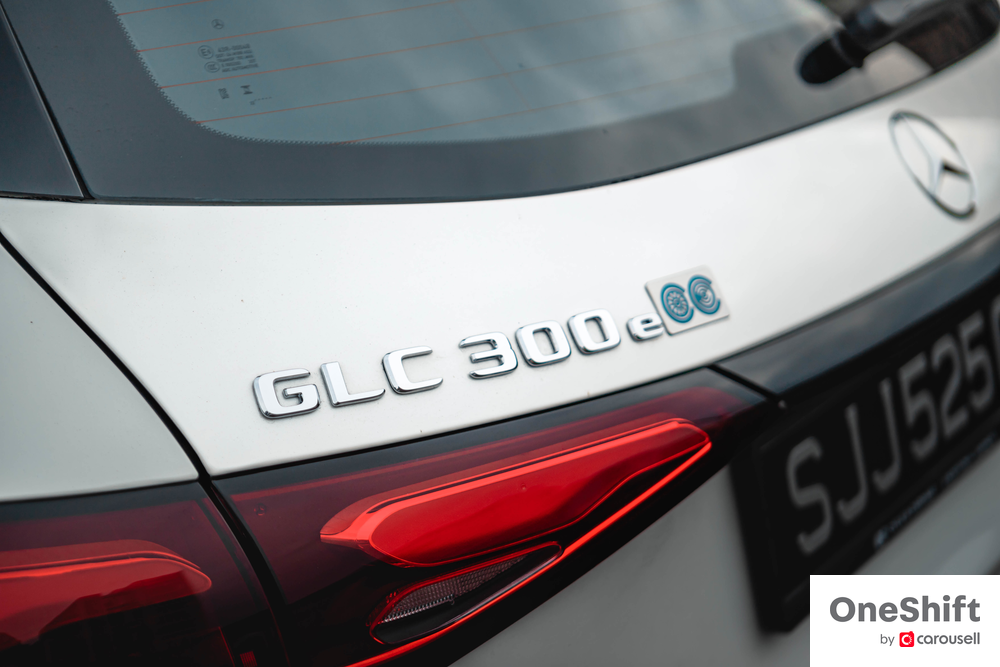
However, full electric ranges of most PHEVs in the market probably never exceeded 50km on average. Furthermore, a PHEV reaps maximum benefit if they are charged directly from the mains which made it even more inconvenient for most drivers to locate charging stations before the recent local infrastructural improvements. Hence, the trade-off for an increase in weight, complexity and cost made PHEVs rather irrelevant.
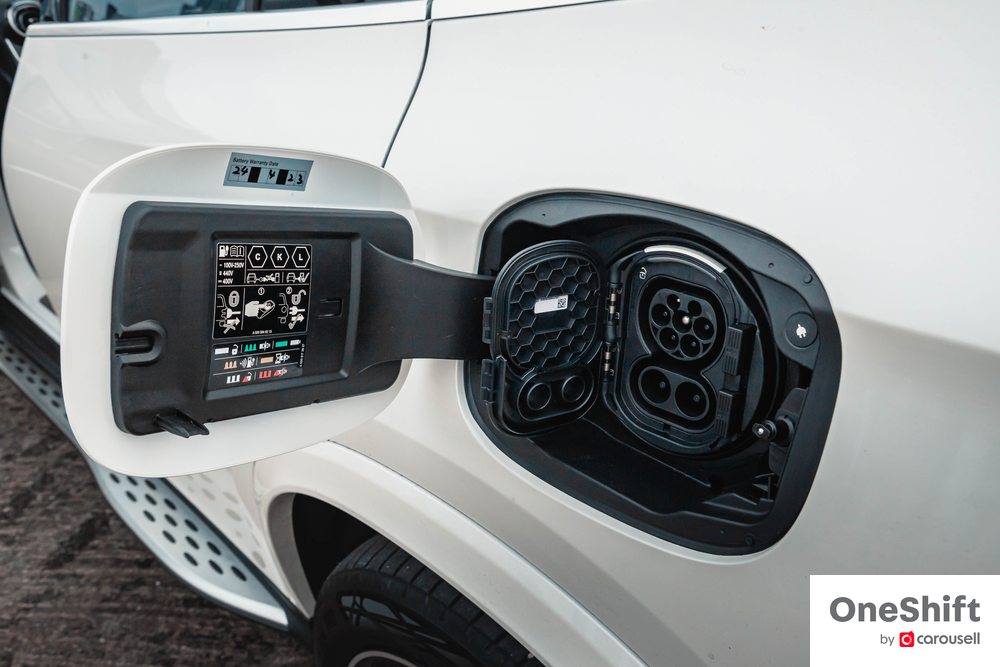
Mercedes has managed to alleviate this key issue with the new GLC300e and has in fact, made this new PHEV an excellent transitionary experience for owners between a traditional engine and a full electric future.
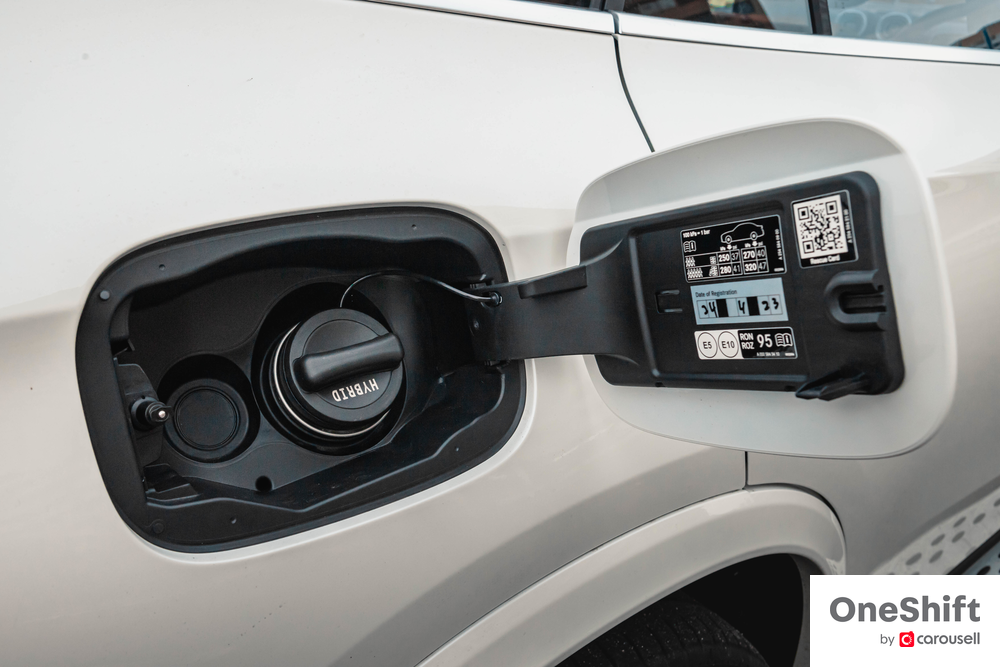
The GLC300e is powered by a 2.0-litre petrol engine that produces 204 hp and 320 Nm. Working in tandem with the PHEV battery pack, the output increases to 313 hp and 550 Nm. This allows the car to go from 0 to 100 in 6.7 seconds and up to a top speed of 218 km/h.
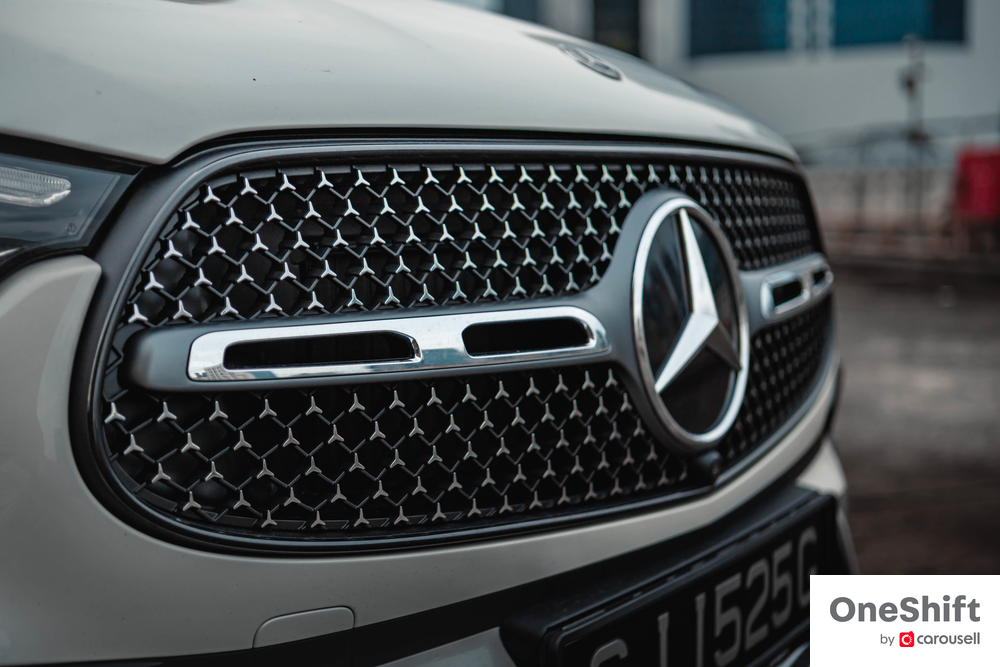
Integrating Mercedes’ battery technology from their full-electric EQ series, the GLC300e provides a unique driving experience. With a full-charge, the car is able to drive on full electric mode for up to 138 km – quite a feat for a PHEV. The GLC300e is reminiscent of the Mercedes EQ vehicles in full electric mode.

There are six drive modes available on this car. Electric (EL), Hybrid (H), Sport (S), Individual (I*), Battery Hold (B) and Offroad. The car starts off default in Electric mode if there is sufficient charge but I was driving in Hybrid and Sport modes most of the time throughout the test.
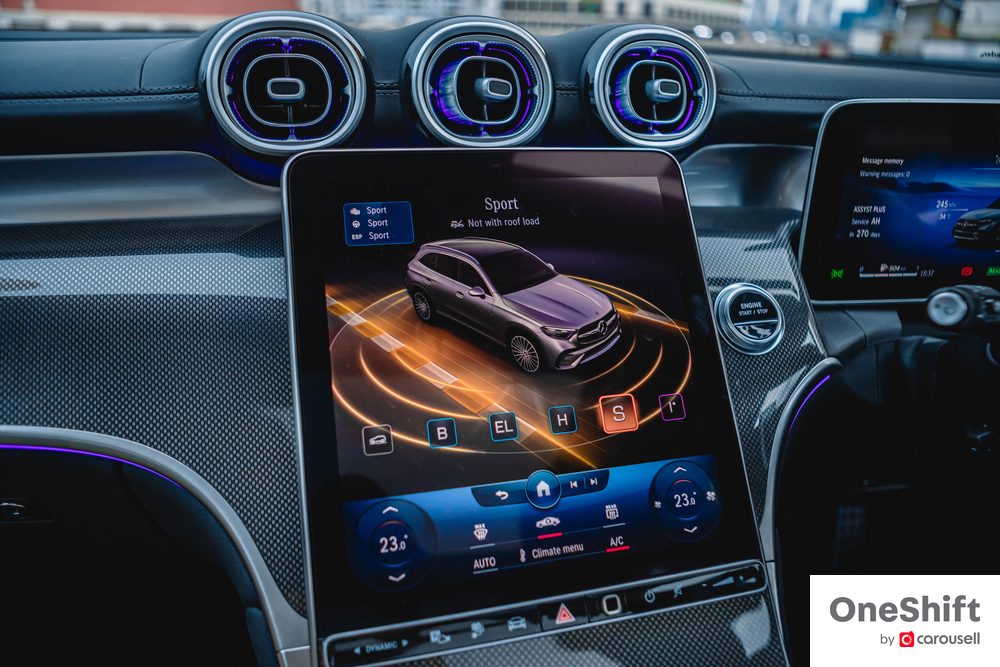
In Hybrid mode, the GLC300e drives on full electric mode most of the time. If more power is needed, the engine fires up and provides additional propulsion but in a very seamless manner. There are no jerks nor vibrations but you can notice the tachometer come alive and if the car is pushed hard, the silence is broken by the engine revs in the background.
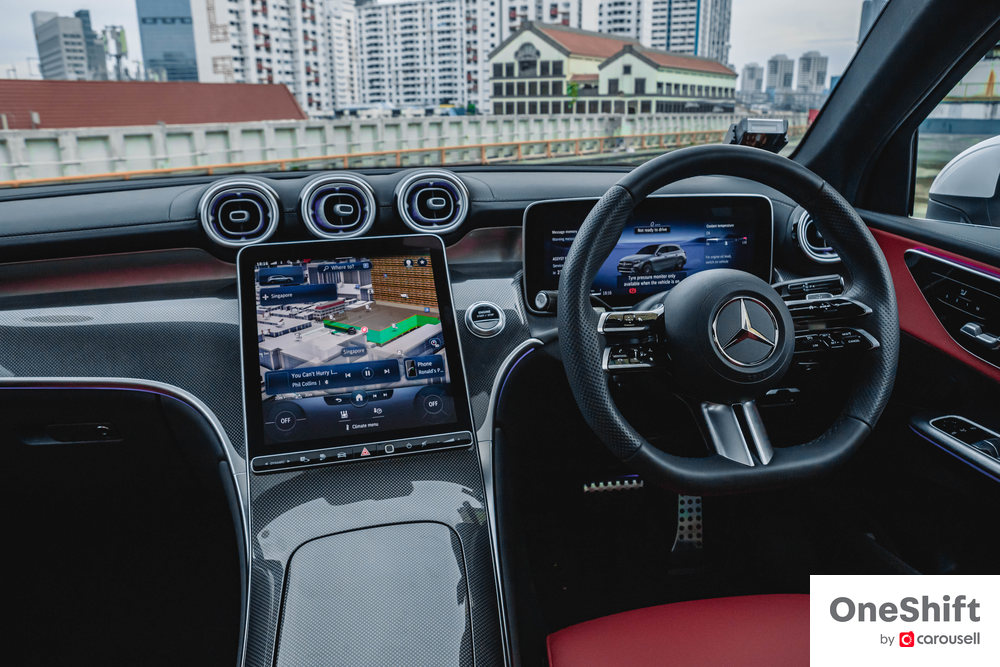
The car managed to achieve a fuel consumption of 55.5 km/l in my usual morning commute to work in CBD in 100% city traffic. In that 12 km drive, 11 km was completed on full electric mode. This is mightily impressive for a car that weighs almost 2.35 tonnes and with the air conditioning and creature comforts running normally.
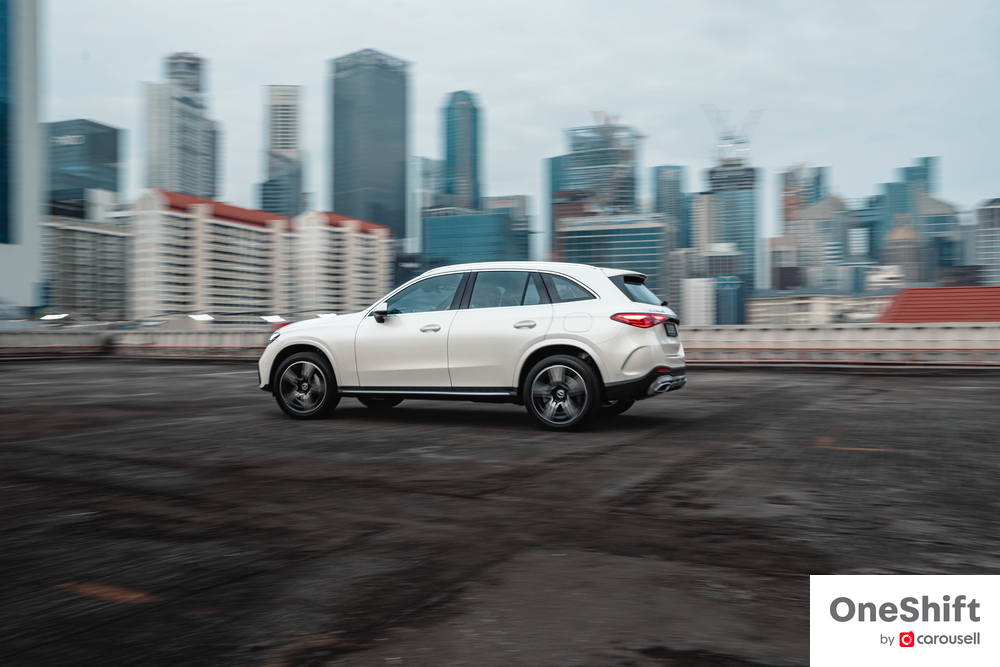
Activate Sports mode and the GLC300e seems to defy the law of physics slightly. The engine is always on and the battery pack plays a different role now. The battery pack supplements the power gaps in the 2 litre engine and there is an instantaneous acceleration due to the torque available from the battery whilst the turbo spools. The car probably felt faster in its pick up from 0 to 100 than the 6.7 seconds as declared by Mercedes.
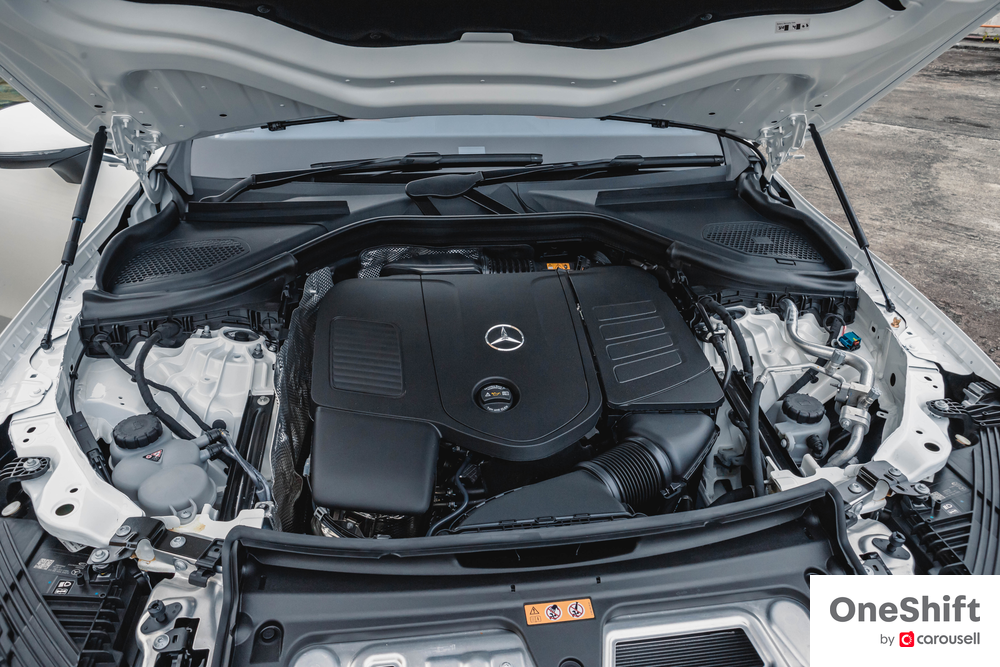
Interestingly, the latest Mercedes M254 engine found in the GLC300e has a very free-revving nature. It's a big step up in terms of smoothness compared to the inline-4 engines from the 3-pointed star in the past.
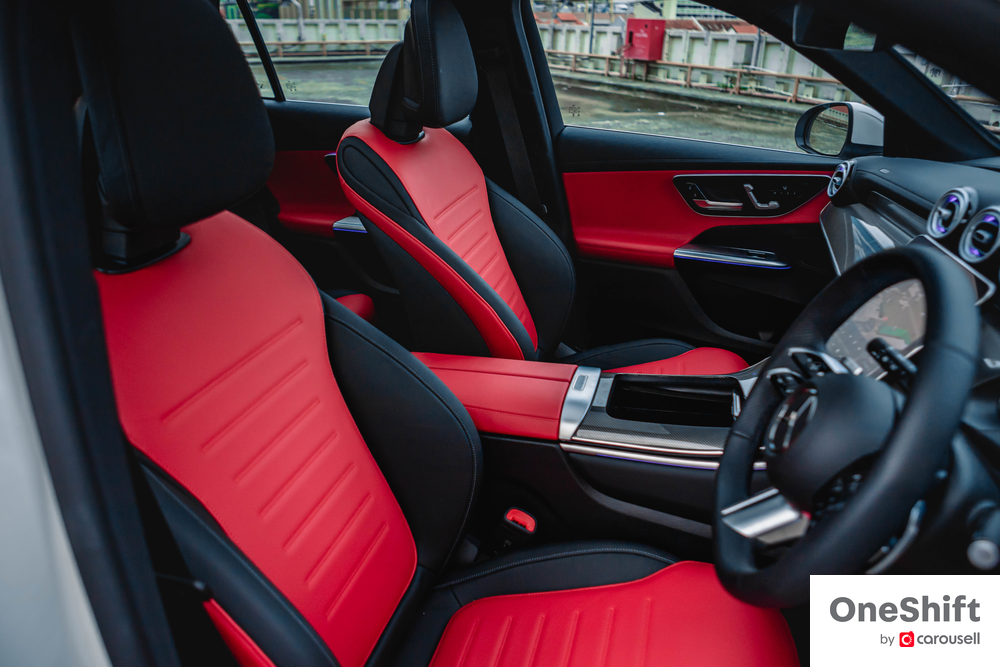
But what happens when the battery pack is depleted? The GLC300e does have battery regeneration capabilities while cruising and braking but it is best to charge the car at the mains if possible. After 120 km, close to its declared 138 km full-electric range, the battery pack was ‘depleted’ according to the gauge on the dashboard. At this point, the engine kicks in a lot more when in Hybrid mode. At traffic lights and low speeds up to 60 km/h, the car still operates on full electric mode but the engine kicks in subsequently at higher speeds.
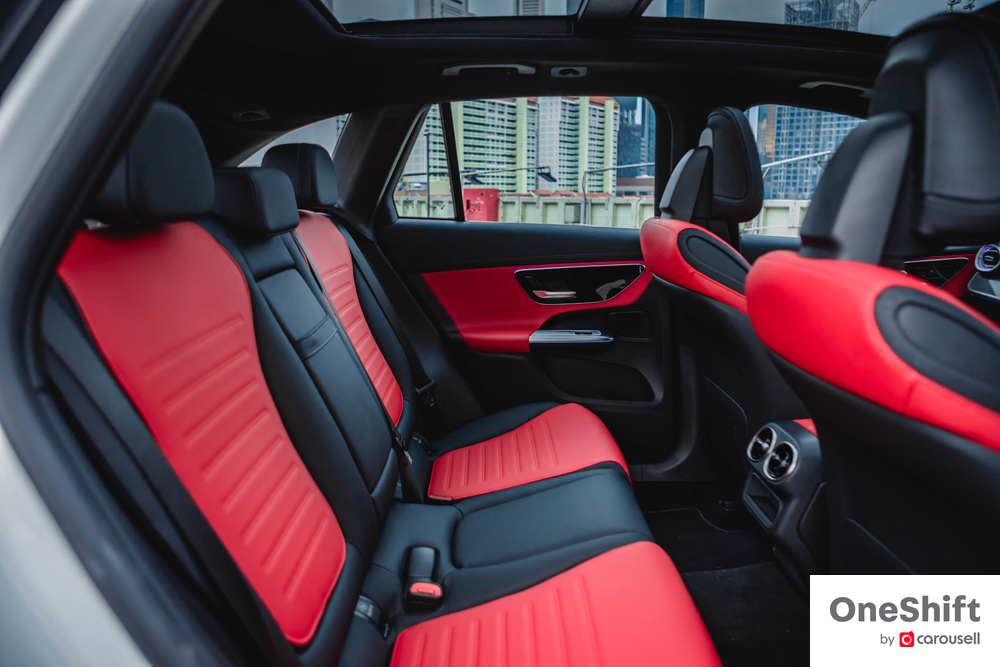
At this point, the GLC300e returned a fuel consumption figure of 13.2 km/l. This puts the car in normal hybrid territory and whilst not close to the 55.5 km/l earlier, it is still very reasonable for a car of this power and weight.

As with all vehicles with regenerative braking systems, the brakes on the GLC300e have a longer pedal travel at the start before full braking force kicks in. Coupled with the mass of the GLC300e, some drivers may take a while to get used to the pedal modulation required to brake smoothly and comfortably.
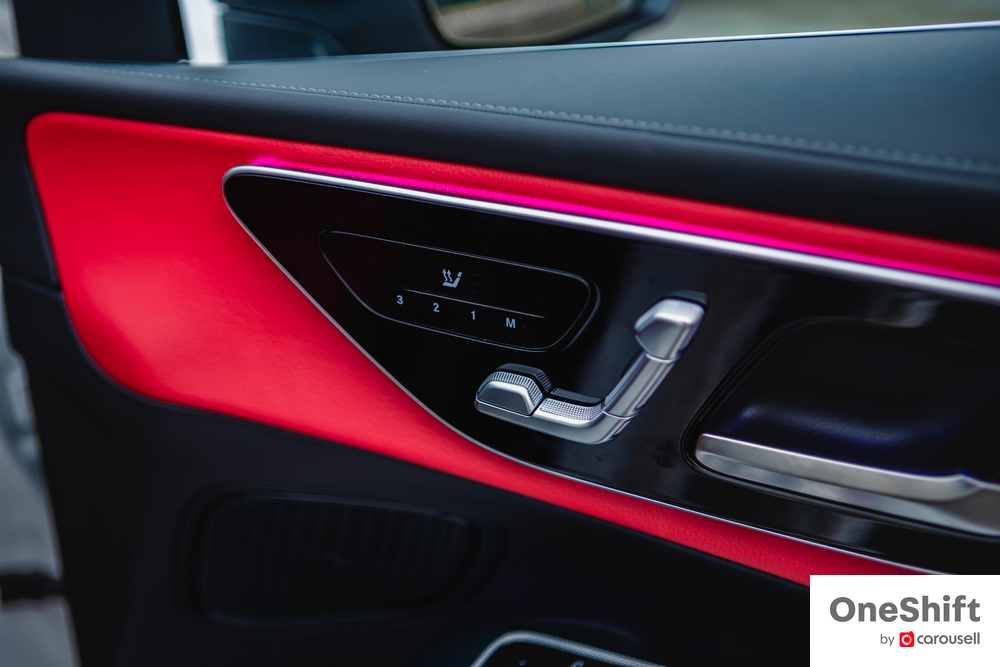
Consumers that loved the looks of the 1st generation GLC will likely love the looks of this 2nd generation model. It looks more dynamic and powerful and features the same design language as the latest C-class. The new model is also 6 cm longer with a total length of almost 4.72 m which makes the GLC300e look like a mini GLE. On this test model which features the AMG body kit, the car comes with huge 20-inch AMG rims, sports bumpers and a very sports grille with mini Mercedes logos. One complaint though – the side steps on this AMG Line may look good, but they actually serve no purpose and actually make getting in and out of the car more difficult. Ladies, beware of soiling your dresses when you get on and off the car.

The interior is a modern Mercedes affair with the MBUX infotainment system coming as standard. The large 11.9-inch central display is easy to operate and navigate. Whilst I get why the infotainment system utilises a touchpad, I would have preferred the audio and cruise control buttons on the steering wheel to have remained as buttons. It is truly difficult to make small adjustments on the go (and especially when you have sweaty hands!)
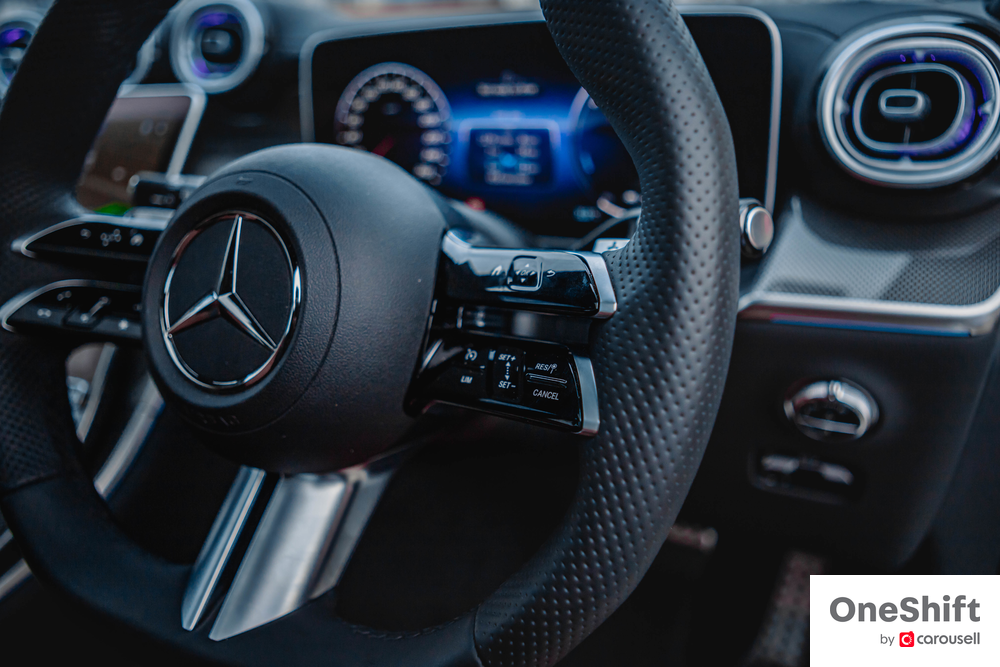
The GLC300e has matured and feels much more sophisticated and premium as compared to the 1st generation model. It drives well and is a very comfortable car to be in. In this AMG Line specification, the GLC300e costs S$415,888. The Avantgarde model costs S$373,888 and is only S$9,000 more than the non-PHEV version. The PHEV model is the one to go for with the excellent drivetrain. The PHEV model essentially provides 2 unique drivetrains, petrol engine and full electric, and provides owners with the flexibility to enjoy both drivetrains when we are still in a transitionary phase from petrol to electric motoring. Putting it simply, one can drive the GLC300e like a normal car, continue to pump petrol when needed, charge the batteries if they feel like it, and still have no fear driving up North and being stranded if they are not able to find a charging station. I’d definitely like this flexibility!
The GLC300e has finally made plug-in hybrids relevant and it is a glimpse for owners into what full EVs are like.
Photos by New Gen Marketing
---
Selling your car? Whatever the reason, caryousell@carousell, sell your car at the highest price today.

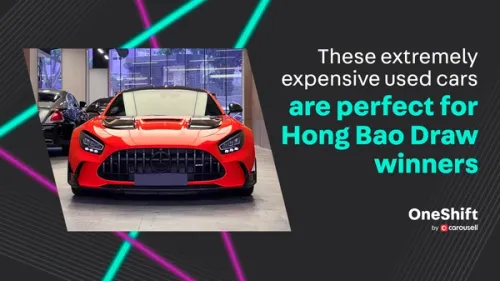
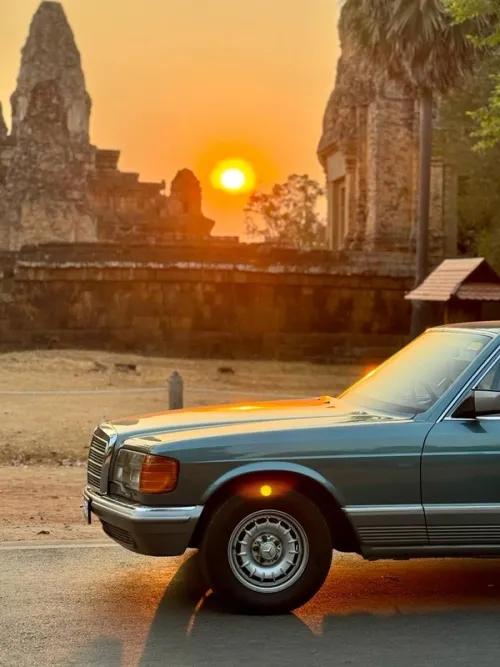
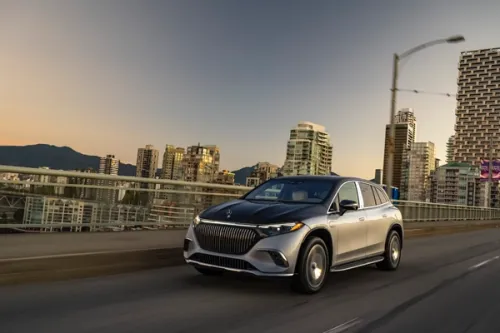
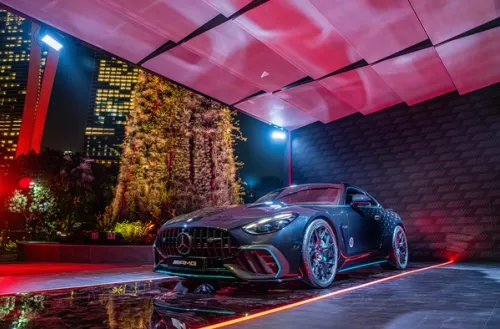



Get the Best Price for your used car
from 500+ dealers in 24 hours

- Convenient and Hassle-Free
- Consumer Protection
Transparent Process
With No Obligation
